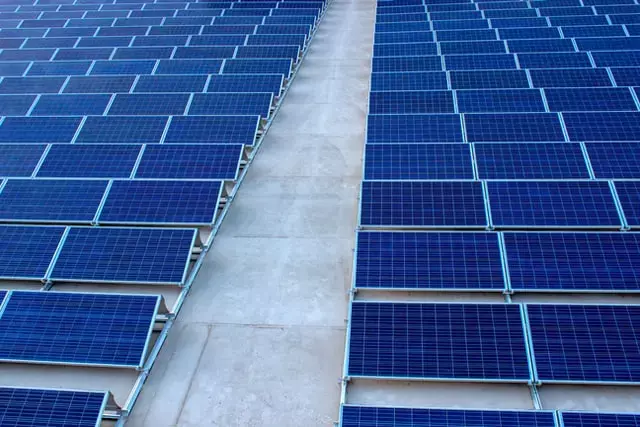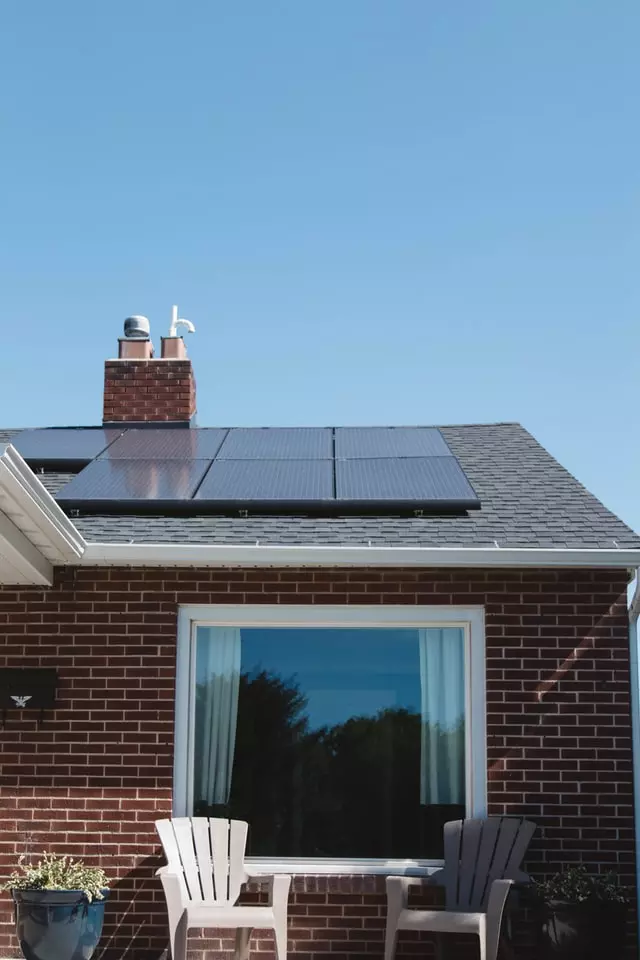As the summer temperatures rise and the humidity becomes unbearable in many parts of the world, the need for air conditioning in our homes becomes increasingly essential. However, running traditional air conditioning units can be costly, both for our wallets and for the environment. Did you know that about 12% of an average home's energy consumption in the United States is due to air conditioning? And that air conditioning releases approximately 117 million metric tons of carbon dioxide into the atmosphere?
But here's the good news - solar air conditioners are changing the game. These innovative devices not only help reduce your carbon footprint but also save you money on utilities. In the past, solar air conditioning options were limited and not easily accessible. However, thanks to major advancements in Heating, Ventilation, and Air Conditioning (HVAC) technology and photovoltaic systems, solar air conditioners are now more efficient and readily available.
What is a solar air conditioner?
A solar air conditioner is a device that runs on DC power directly from photovoltaic panels, rather than relying on AC electricity from the grid. By eliminating the need for AC to DC or DC to AC conversion, solar air conditioners minimize power loss and increase energy efficiency. Older models struggled with inconsistent solar power, particularly with single-speed compressors. However, newer models with variable speed compressors have significantly improved performance, making solar air conditioners more reliable.
 Photo by Angie Warren on Unsplash
Photo by Angie Warren on Unsplash
How do solar air conditioners work?
Solar air conditioners are designed to be connected to a solar power system. They receive DC electricity generated by solar panels and utilize it to power the unit. In cases where AC power is required, a solar inverter is used to convert DC to AC and vice versa.
Types of solar air conditioning
Solar air conditioners can be divided into two main categories based on their working mechanism - photovoltaic panels or solar thermal heating.
1. Solar thermal air conditioners
These systems use solar collectors to heat a liquid, such as water, which is then passed through the air conditioning system. The evaporation and condensation of the liquid produce cool air. Most models in this category are grid-tied.
2. Solar photovoltaic (PV) air conditioners
These systems function similarly to traditional split air conditioning units but are powered by energy from PV panels. The number of solar panels required depends on the output of each panel, system size, and the power needs of the air conditioner. Within this category, there are three types: AC-powered, DC-powered, and hybrid.
a. DC-powered solar air conditioners
Also known as conventional solar powered air conditioners, these units are designed to run solely on DC electricity generated by solar panels. They can be directly wired to solar panels without the need for a solar inverter. Installation and maintenance are relatively straightforward, but they require sunlight to operate.
b. AC-powered solar air conditioners
These units are designed to run on AC power and are usually connected to the grid. Solar power generated is first converted from DC to AC using a solar inverter. Excess solar power can be stored in batteries or sent back to the grid if a suitable metering system is in place. AC-powered solar air conditioners are generally more affordable than their DC-powered counterparts.
c. Hybrid solar air conditioners
Hybrid units are designed to run on both AC and DC power, offering greater flexibility. They can draw electricity from the grid when needed or rely entirely on solar power. Some hybrid models do not require additional components like batteries and inverters, making installation easier.
Solar air conditioner for homes
Most solar air conditioning options available are designed for residential use. You can choose from grid-connected, off-grid, or hybrid systems depending on your specific needs. Off-grid systems are particularly suitable for mobile homes, such as RVs, trailers, caravans, and campervans.
 Photo courtesy of Coolala
Photo courtesy of Coolala
Portable solar-powered air conditioners
In recent years, portable solar-powered air conditioners have gained popularity. These compact units are lightweight, rechargeable, and can be easily carried around. Some even come with built-in mini solar panels that can be attached to car windows for additional cooling during camping trips.
How much does solar air conditioning cost?
Solar air conditioning units are more expensive than conventional units, with prices ranging from $2,000 and up, excluding installation costs. The overall cost depends on various factors such as the brand, model, capacity, and additional components needed. Here's a general breakdown of the cost for a stationary home:
- Solar air conditioner: $1,000 - $2,700
- Photovoltaic panels: $250 - $350 each (two or three panels required)
- Wiring: $50 - $200 (depending on panel location and distance)
- Solar inverter/batteries/charge controller: $1,800 - $3,500
- Professional installation: $1,500 - $3,500
It's worth mentioning that some utility companies and governments offer tax credits and incentives for solar installations, which can help reduce the overall cost.
When is a solar air conditioner a good choice?
A solar air conditioner is a great option in the following scenarios:
-
Limited roof space: If installing a full residential solar panel system is not feasible, a solar air conditioner allows you to take advantage of renewable energy and save on utility bills.
-
Off-grid living: For smaller off-grid homes, solar air conditioners provide an energy-efficient solution for cooling and heating with reduced power consumption.
-
Mobile homes: Solar air conditioners are practical for tiny spaces, such as RVs, trailers, and campervans, where cooling or heating needs are lower.
-
High utility bills: In regions with extreme temperatures, such as parts of North America, India, Australia, and Europe, where heating and cooling costs can be significant, solar air conditioners can help reduce reliance on the grid.
With the continuous evolution of photovoltaic technology and the growing concern about global warming, solar-powered air conditioners are becoming increasingly popular. Embracing this eco-friendly innovation not only helps reduce your carbon footprint but also provides long-term cost savings. So, why not make the switch to solar air conditioning today?
 Photo by Vivint Solar on Unsplash
Photo by Vivint Solar on Unsplash

















